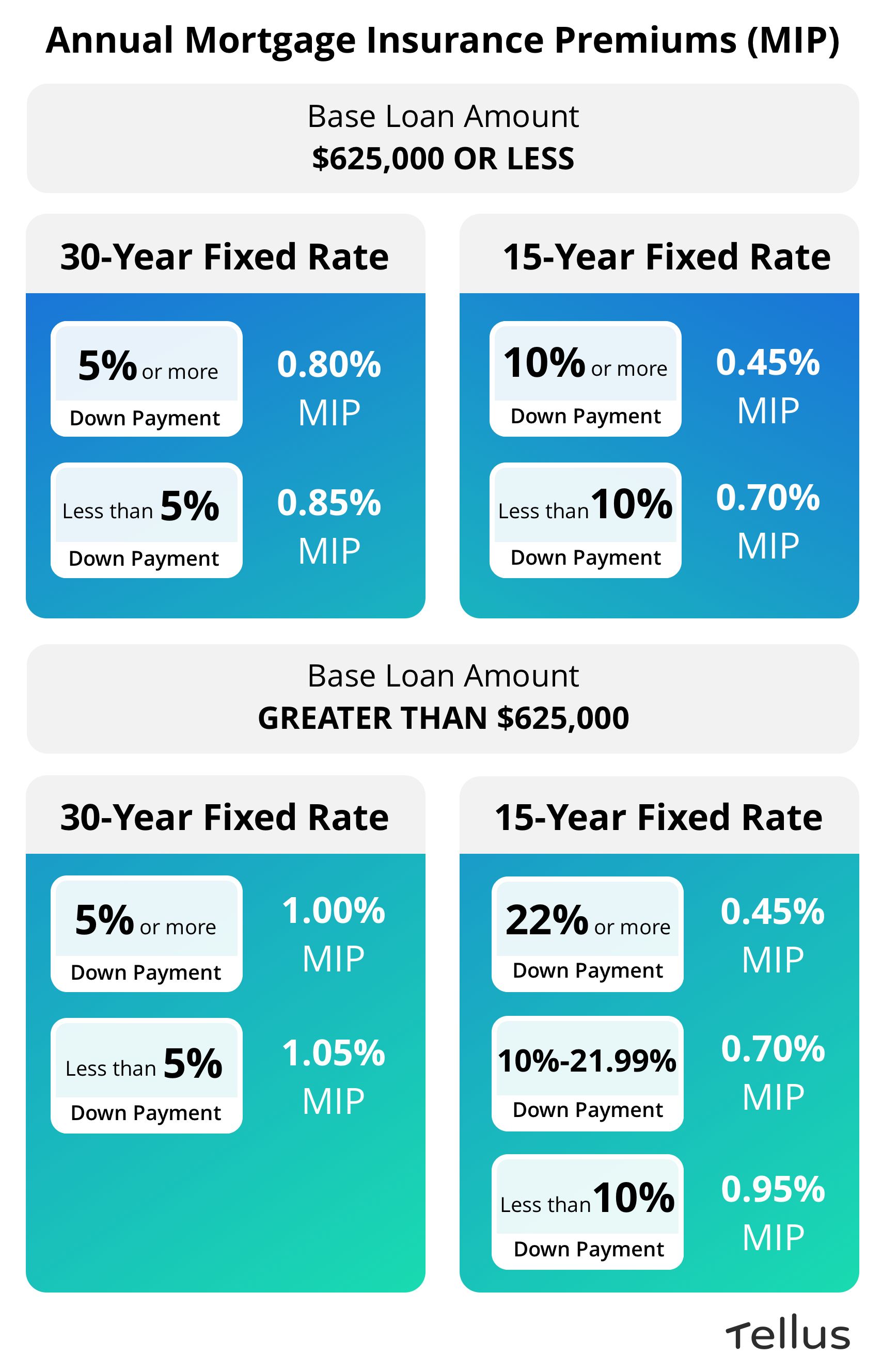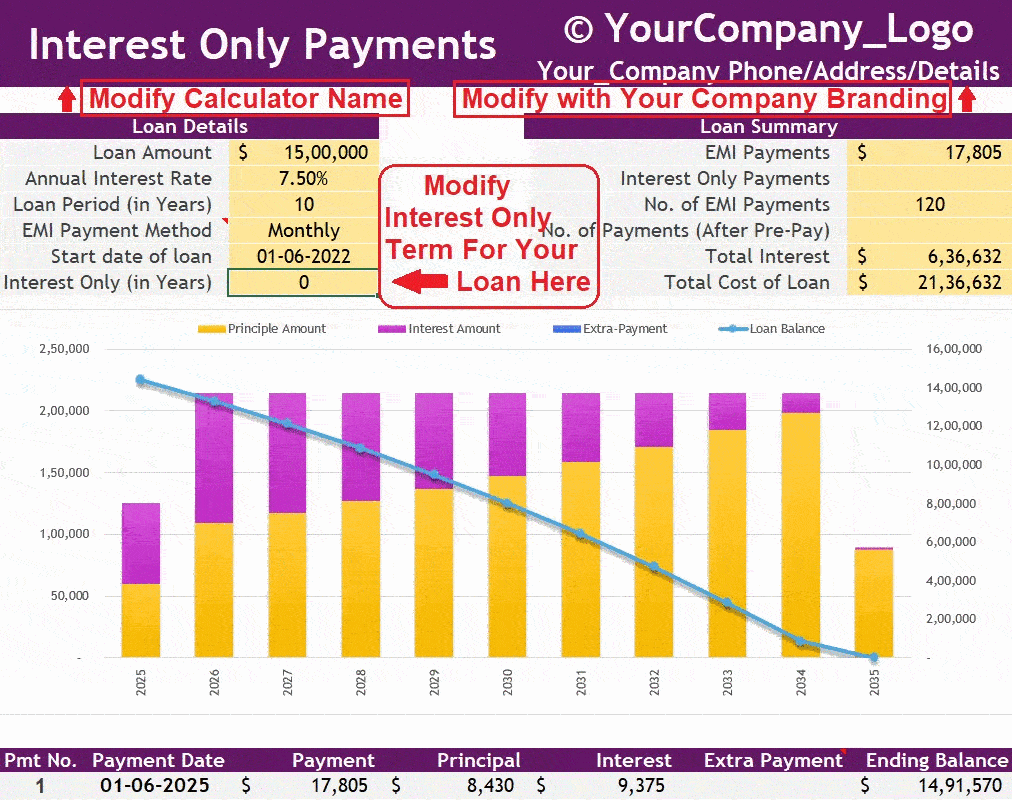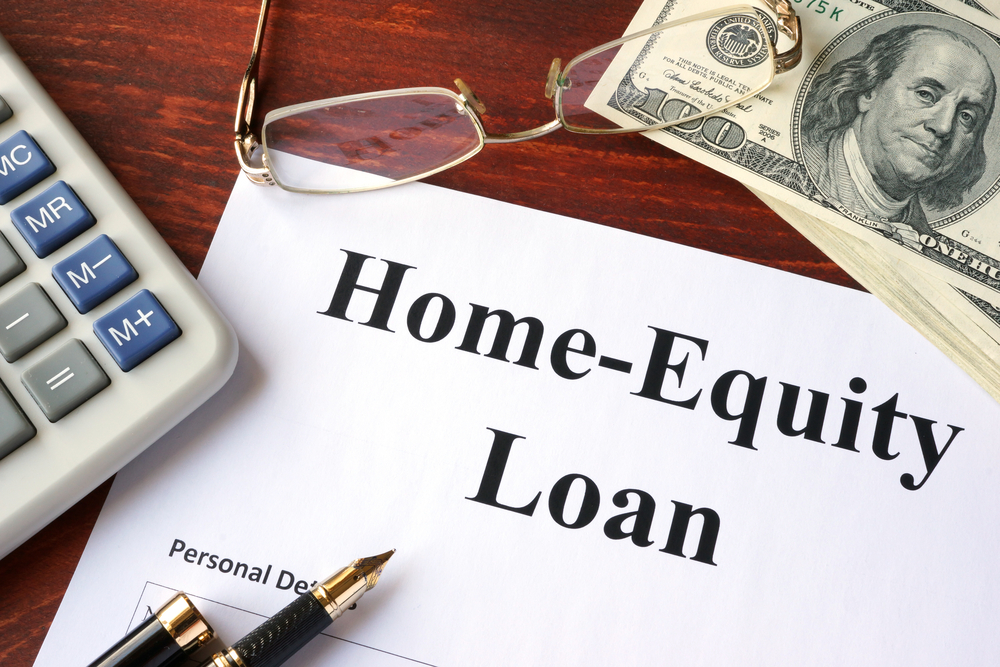
A number of factors must be taken into consideration when deciding between a USDA and FHA loan. In this article we will examine the credit score requirements and interest rates for each type. We also discuss geographic restrictions. This information will help you make the best choice for your circumstances.
Minimum credit score to get a USDA loan or a FHA loan
Consider your financial situation when comparing USDA loan minimum credit scores with FHA loans. Both programs are flexible enough to allow people with less than perfect credit to qualify for loans. If you're a divorcée or have a current revolving credit card, you might be eligible. However, a USDA loan will allow you to get a loan but you will need to make a larger down payment and pay less.
FHA loans have more flexibility and lower down payment requirements, but there are still limitations. The USDA loan program, for example, is not available in all areas. FHA loans are available in all United States counties.

There are interest rates for every type of loan
USDA loans are available to those with low credit scores, and can qualify for a low interest rate. Those with a credit score as low as 580 can qualify for a USDA loan. These loans are also available to those who do not have enough money to make a down payment on a conventional mortgage.
Both the FHA and USDA loan programs have historically low interest rates. There are some things you should keep in mind when comparing them. FHA loans are more rigid than USDA loans, but they may offer greater flexibility. Borrowers must not spend more that 31% of their income for housing costs.
A mortgage insurance premium is another major difference between these loans. FHA loans will require mortgage insurance. However, this must be paid for the duration of the loan. USDA loans, however, don't need mortgage insurance. FHA mortgage insurance costs 0.85% of the loan amount, and must be paid monthly for the entire life of the loan. The term of the loan can be as long as 11 years.
Geographic restrictions for each type de loan
The geographic restrictions for USDA and FHA loans may limit your ability to purchase a home. The USDA loan is intended for rural areas where the population is under 20,000, and can be used for single-family homes. FHA loans, on the other hand, are designed for rural and semi-rural properties.

USDA loans are more flexible than FHA loans in terms of credit requirements. You may still be eligible for these loans even if you have poor credit. Although your property must be located within a designated rural area by USDA, it does not necessarily need to be agricultural land in order to qualify. The United States is rural in almost 97%. This means that even small communities and suburbs might be eligible to receive a USDA loan.
USDA loans are often referred to by rural housing loans. USDA loan limits in some counties are lower than FHA loan limits. Los Angeles County has FHA loan limits that are higher than Montgomery, Alabama. However, the USDA loan limits are lower for a single home than they are for an entire county or city, making rural areas an attractive option for first time buyers.
FAQ
What can I do to fix my roof?
Roofs may leak from improper maintenance, age, and weather. Minor repairs and replacements can be done by roofing contractors. Contact us for further information.
Can I get another mortgage?
However, it is advisable to seek professional advice before deciding whether to get one. A second mortgage is usually used to consolidate existing debts and to finance home improvements.
Are flood insurance necessary?
Flood Insurance protects against damage caused by flooding. Flood insurance protects your possessions and your mortgage payments. Learn more about flood coverage here.
Statistics
- The FHA sets its desirable debt-to-income ratio at 43%. (fortunebuilders.com)
- Private mortgage insurance may be required for conventional loans when the borrower puts less than 20% down.4 FHA loans are mortgage loans issued by private lenders and backed by the federal government. (investopedia.com)
- Over the past year, mortgage rates have hovered between 3.9 and 4.5 percent—a less significant increase. (fortunebuilders.com)
- Some experts hypothesize that rates will hit five percent by the second half of 2018, but there has been no official confirmation one way or the other. (fortunebuilders.com)
- 10 years ago, homeownership was nearly 70%. (fortunebuilders.com)
External Links
How To
How do I find an apartment?
The first step in moving to a new location is to find an apartment. This involves planning and research. It involves research and planning, as well as researching neighborhoods and reading reviews. There are many ways to do this, but some are easier than others. These are the steps to follow before you rent an apartment.
-
It is possible to gather data offline and online when researching neighborhoods. Websites such as Yelp. Zillow. Trulia.com and Realtor.com are some examples of online resources. Local newspapers, real estate agents and landlords are all offline sources.
-
See reviews about the place you are interested in moving to. Yelp and TripAdvisor review houses. Amazon and Amazon also have detailed reviews. You can also find local newspapers and visit your local library.
-
To get more information on the area, call people who have lived in it. Ask them about their experiences with the area. Ask for their recommendations for places to live.
-
Consider the rent prices in the areas you're interested in. If you think you'll spend most of your money on food, consider renting somewhere cheaper. On the other hand, if you plan on spending a lot of money on entertainment, consider living in a more expensive location.
-
Find out about the apartment complex you'd like to move in. What size is it? How much does it cost? Is it pet-friendly What amenities does it have? Do you need parking, or can you park nearby? Do tenants have to follow any rules?